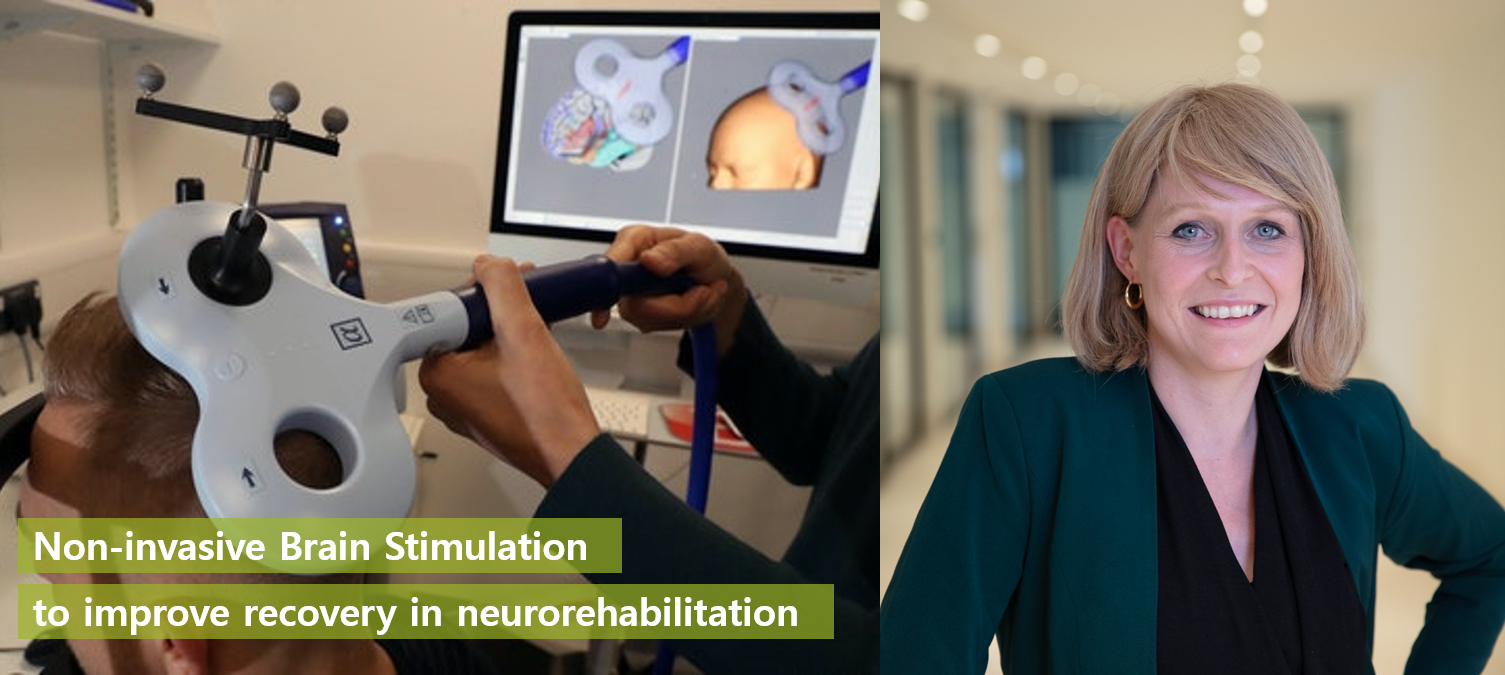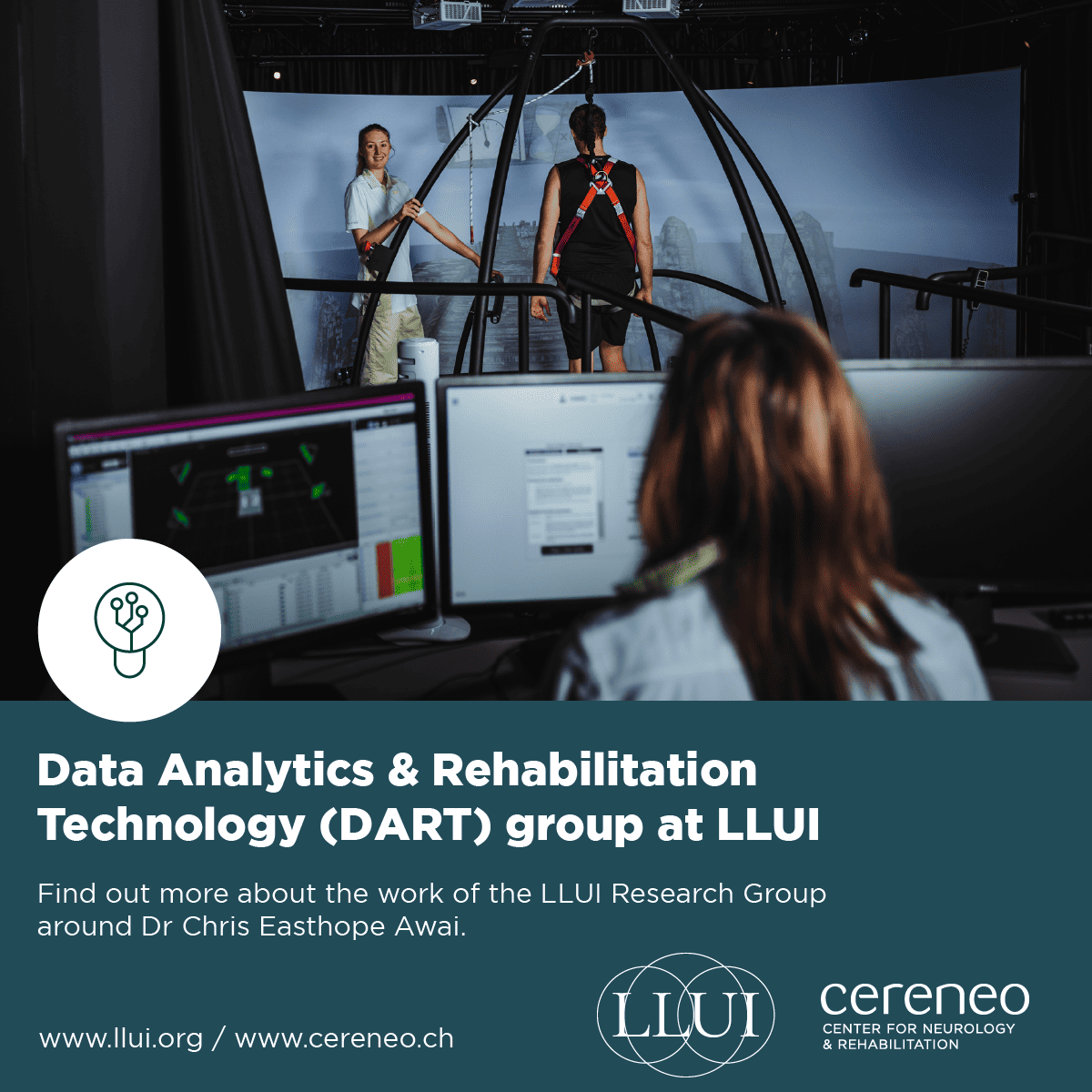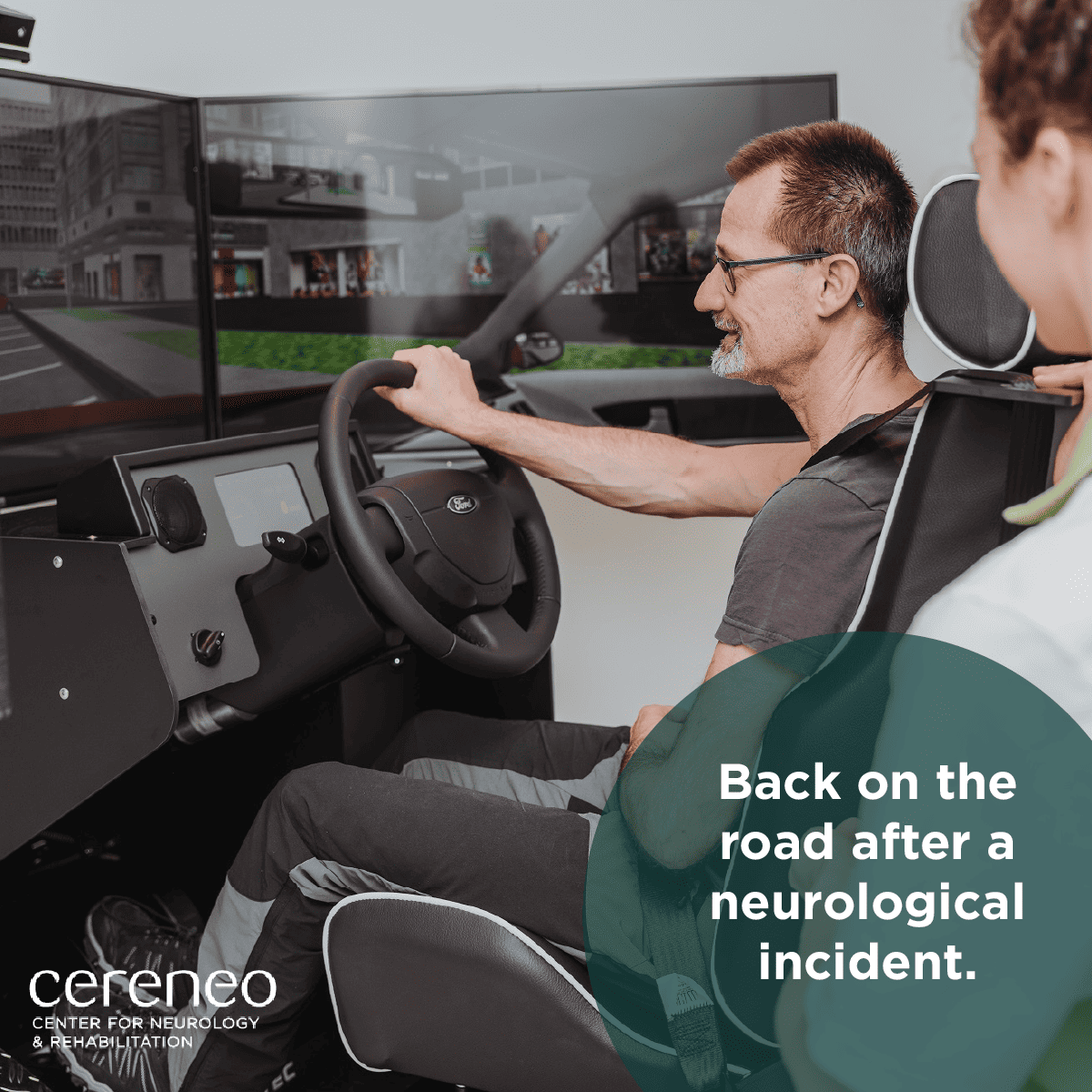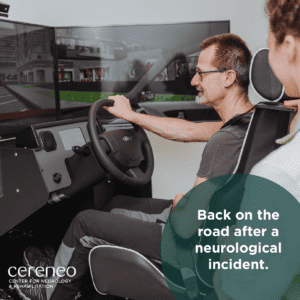Interview with Dr. Meret Branscheidt, Medical Director Hertenstein at cereneo and expert on NIBS treatment in rehabilitation.
In the previous months, we had a number of patients, who explicitly came to our clinic for rehabilitation because with you, we have an expert on NIBS treatment methods.
Could you explain for non-medical people what Non-invasive Brain Stimulation is?
Non-invasive Brain Stimulation is an innovative and safe treatment approach, where the brain is stimulated to increase the excitability of a selected part of the brain to improve language, movement or attention. When NIBS is combined with an intense and personalised rehabilitation programme, it can lead to greater and faster improvements in the therapy for various neurological conditions, such as stroke or spinal cord injuries or to treat deficits in language, attention and movement.
There are two approaches in stimulating the brain. We can either stimulate the damaged area of the brain to help restore the affected function or stimulate a different area to compensate for the loss of a function. Which approach is the better one, depends on the individual patient and the degree of damage.
At cereneo our overall goal is to restore as many affected functions as possible to improve the quality of life of our patients and give them back their independence.
Are there different NIBS treatments?
There are two main treatment methods, which are TMS and tDCS. TMS stands for Transcranial Magnetic Stimulation. TMS is usually done directly before a therapy session and uses a magnetic field to stimulate a specific area of the brain. A stimulator coil is held over the scalp, where the coil generates a brief magnetic pulse that creates a small electrical response in the brain. The sessions usually last around 20 minutes and are immediately followed by the individual therapy and are repeated for several days over a period of 2-3 weeks.
tDCS stands for transcranial Direct Current Stimulation. It uses weak electrical currents to stimulate the brain. The treatment is applied during the individual therapy session with two small wet sponge electrodes positioned on a patient’s head using a rubber headband. The current passes from one electrode to the other thus stimulating the brain. Both have the overall goal to be used in combination with intensive and tailored rehabilitation to increase efficacy of the therapy and ultimately improving recovery.
Depending on the cause and degree of the impairment, the location of the brain damage and other patient specific factors, we choose one of the two approaches with a tailored protocol regarding where (part of the brain) and how (stimulate or inhibit) they are applied and in which intensity.
What are the long-term effects for a patient?
Patients undergoing a NIBS treatment as part of a holistic rehabilitation programme can recovery better and faster. They especially show greater improvements in language, attention. In stroke patients we often see a very positive effect in reducing neglect.
Are there any negative side effects of a NIBS treatment?
NIBS is painless and safe with only minimal side effects. The treatment has been used in thousands of people around the world. In rare cases, TMS can cause side effects such as headache, seizures, hearing loss and nausea. Brief seizures have been reported in a handful of people worldwide since 1990. In the unlikely event that TMS results in a seizure, a patient will receive immediate medical attention.
tDCS can in rare cases have very minor side effects such as itching, tingling and burning, as well as temporary headache, sleepiness and dizziness.
To minimise side effects, it is important that an experienced expert is evaluating the patient prior and properly before a NIBS treatment, which we always do at cereneo.
What can you best treat with NIBS? Which neurological diseases or disorders?
In our rehabilitation clinic, this approach is used to help patients improve a variety of functions affected by conditions such as stroke, traumatic brain or spinal cord injury, language and communication disorders (aphasia) as well as movement disorders.
Which patients benefit most from NIBS treatment?
From my experience all patients undergoing NIBS can benefit from it. It is crucial though that the patient is motivated and fully engaged in the therapy and NIBS is done in the context of an intensive inpatient rehabilitation supplemented by speech and movement therapy. In order to find out, if NIBS is a suitable treatment for a patient, we offer an online consultation with a neurological expert giving advice on therapy options.
Which conditions do we treat at cereneo?
At cereneo we mainly treat stroke patients, but also patients with spinal cord injury, traumatic brain injury, as well as language impairment with various causes.
Does NIBS substitute a “normal” rehabilitation?
The simple answer is NO. It is very important to combine the individualised NIBS with a high-quality rehabilitation programme. One doesn’t work without the other.










